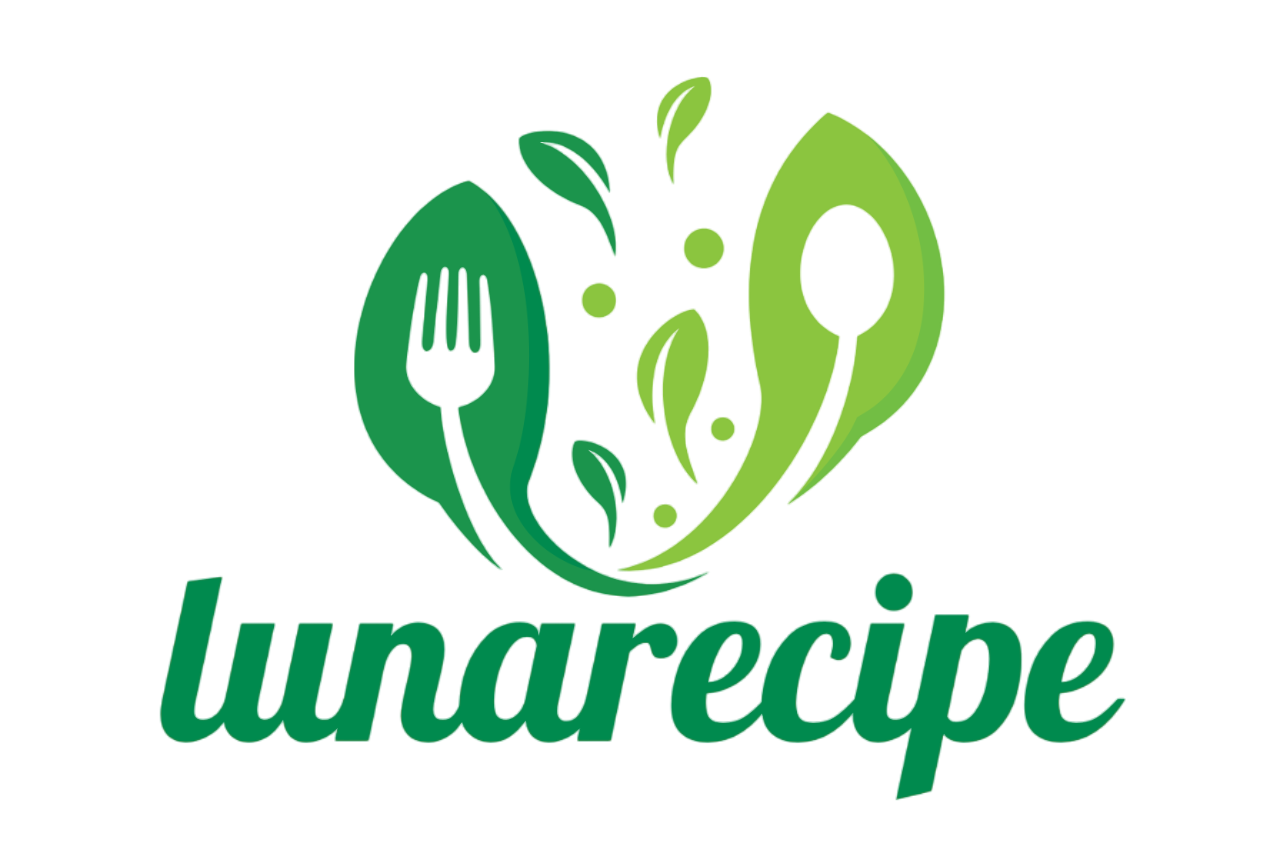The Lebanese Fattoush Salad is a crunchy, colorful staple of Middle Eastern cuisine that brings together fresh vegetables, aromatic herbs, and crispy pita bread in every bite. The salad is tossed in a bold dressing made with lemon juice, olive oil, garlic, and pomegranate molasses, accentuated by the tangy pop of sumac—a spice that defines its distinct flavor.
Perfect for warm-weather dining or as a refreshing side dish, Fattoush is one of those salads that stands on its own. It’s vibrant, textured, and beautifully balanced—ideal for anyone seeking a wholesome, plant-based option that’s both hearty and satisfying. Whether you’re entertaining or looking to elevate your salad routine, this dish delivers freshness with flair.
Full Recipe:
-
2 Lebanese cucumbers, halved lengthwise and sliced
-
2 cups cherry tomatoes, halved
-
1 small red capsicum (bell pepper), chopped
-
5 radishes, sliced
-
1 small red onion, thinly sliced
-
1 small cos (romaine) lettuce, chopped
-
1/2 cup fresh mint leaves
-
1/2 cup parsley, chopped
-
2 pieces of Lebanese flatbread or pita bread
-
Olive oil, for toasting bread
-
Salt and pepper, to taste
Dressing:
-
1/4 cup lemon juice
-
1/4 cup olive oil
-
2 teaspoons pomegranate molasses
-
1 garlic clove, minced
-
1 teaspoon sumac
-
Salt and pepper to taste
Directions:
-
Preheat oven to 350°F (175°C). Tear pita bread into bite-sized pieces, drizzle with olive oil, and bake until golden and crispy (10–15 minutes), tossing halfway through.
-
In a small bowl, whisk together lemon juice, olive oil, pomegranate molasses, garlic, sumac, salt, and pepper to make the dressing.
-
In a large bowl, combine cucumbers, tomatoes, capsicum, radishes, red onion, lettuce, mint, and parsley.
-
Add the crispy pita pieces to the salad.
-
Pour over the dressing and toss everything together right before serving to maintain the pita’s crispness.
-
Taste and adjust seasoning if needed.
Prep Time: 15 minutes | Cooking Time: 15 minutes | Total Time: 30 minutes
Kcal: 230 kcal | Servings: 4 servings
Origins and Cultural Significance of Fattoush
Fattoush is a celebrated staple in Lebanese cuisine and across the Levantine region, known for its bold flavors, refreshing textures, and smart use of leftover bread. The word “Fattoush” derives from the Arabic word “fatteh,” meaning “crumbs,” which refers to the traditional use of stale or toasted pita bread in the salad. Rather than discarding old bread, families would toast or fry it, giving it a new life as the crunchy foundation of this vibrant dish.
More than just a salad, Fattoush is a reflection of resourcefulness, a farm-to-table philosophy long before it became trendy. It exemplifies the deeply rooted culinary wisdom of Middle Eastern households, where every ingredient is respected and utilized. Today, it is served in homes and restaurants alike, often as part of a mezze (shared appetizers), a main vegetarian dish, or a vibrant side to grilled meats.
What Makes Fattoush Unique
Fattoush stands out from other salads not just because of its ingredients, but due to its characteristic zing from sumac and pomegranate molasses. These two components create a sharp, tangy-sweet dressing that sets it apart from western vinaigrettes or creamy dressings. Sumac, a crimson-hued spice made from dried and ground berries, brings a lemony brightness that heightens the freshness of the vegetables.
Additionally, the inclusion of herbs like mint and parsley infuses the dish with layers of flavor and aroma. Unlike salads that rely heavily on lettuce alone, Fattoush uses a medley of vegetables—radishes, cucumbers, tomatoes, bell peppers—each contributing to a mosaic of color, crunch, and taste. The pita bread, often baked or fried until golden, adds a satisfying texture that makes each bite a delightful contrast of soft and crispy.
Health Benefits of Fattoush
One of the key appeals of Fattoush is how nutritious it is without compromising flavor. As a plant-based dish, it is naturally rich in vitamins, minerals, and dietary fiber. The variety of vegetables used provides a wide spectrum of nutrients: cucumbers are hydrating and low in calories; tomatoes are rich in lycopene; radishes offer antioxidants; and leafy greens like romaine lettuce add folate and vitamins A and K.
The dressing, based on olive oil and lemon juice, delivers heart-healthy fats and immune-boosting vitamin C. Sumac is not only flavorful but is also known for its anti-inflammatory properties, while pomegranate molasses contains antioxidants and polyphenols.
Because it’s free from dairy and meat, Fattoush fits easily into vegan and vegetarian diets. It can also be made gluten-free by using gluten-free pita or omitting the bread altogether. For those watching their calorie intake, Fattoush is an excellent choice as it’s satisfying, fiber-rich, and relatively low in calories.
Versatility and Customization
Fattoush’s greatest strength may lie in its adaptability. While there are foundational ingredients that give the salad its identity, it’s common for cooks to adjust the recipe based on what’s in season or available in their pantry. For example, romaine lettuce is often used for its crispness, but arugula or even spinach can be substituted. Cherry tomatoes are ideal for their sweetness, though any ripe tomatoes will work well.
Similarly, radishes and bell peppers can be swapped for carrots or snap peas, and fresh herbs can be changed based on taste preference—dill and coriander are popular additions in some regions. This flexibility makes Fattoush a go-to dish for using up leftover vegetables and bread, making it both economical and waste-reducing.
Moreover, for added protein, some variations include chickpeas or grilled chicken, making it a more substantial main course. It’s also common in modern adaptations to add feta cheese or olives for a Mediterranean twist.
Why Fattoush Is Perfect for Any Occasion
Fattoush is one of those dishes that feels equally appropriate for a casual weekday meal or a festive gathering. Its bright appearance makes it visually striking on the table, while its flavors appeal to a wide range of palates. Whether served alongside grilled meats at a summer BBQ or as a light lunch in spring, it always delivers freshness and depth.
It also travels well and can be prepped ahead of time—simply keep the dressing and pita separate until ready to serve to maintain the crisp textures. This makes Fattoush a favorite for potlucks, picnics, and meal prep enthusiasts. In many cultures, it’s also considered a comfort food, especially during hot months when appetites wane, and people crave lighter fare.
Common Mistakes and Tips for the Best Fattoush
While Fattoush is relatively simple to make, there are a few common pitfalls that can compromise the final dish. One of the biggest mistakes is adding the toasted pita too early. The bread can become soggy if it sits in the dressing for too long. To avoid this, always toss the pita in at the last minute.
Another key to success is slicing the vegetables uniformly. This ensures a consistent texture and makes for a better eating experience. Chilling the salad before serving can enhance the crispness and flavor intensity, making it even more refreshing on hot days.
When it comes to the dressing, balance is everything. The tanginess of the lemon and pomegranate molasses should not overpower the salad but enhance it. Always taste and adjust the seasoning before serving, and don’t be afraid to experiment with spice levels or herb quantities based on your preference.
Fattoush Compared to Tabbouleh
Though both are iconic Levantine salads, Fattoush and Tabbouleh are quite different. Tabbouleh relies heavily on finely chopped parsley, bulgur, and tomatoes, creating a more herb-forward dish with a soft texture. Fattoush, on the other hand, is defined by its crunch, use of mixed vegetables, and the presence of crispy pita. The flavor profile is also distinct—Fattoush is tangier and more acidic, often enhanced with sumac and molasses, while Tabbouleh leans lighter and greener.
Both salads can be served together as part of a mezze spread and are equally healthy and refreshing. However, if you’re seeking variety in texture or looking to repurpose stale bread, Fattoush is the go-to option.
How to Store and Serve Fattoush
If you have leftovers, it’s best to store the vegetables and dressing separately from the pita chips. Keeping them apart helps preserve the crunch. The undressed salad will last for up to two days in the refrigerator, although the freshness is best on day one.
If storing the dressing separately, it can be made in advance and kept in the fridge for up to five days. Always give it a good shake or whisk before using. If you’re preparing Fattoush for a party or event, consider bringing the components separately and assembling them on-site for the best flavor and presentation.
Serve Fattoush chilled or at room temperature. It pairs beautifully with grilled lamb, chicken skewers, falafel, or lentil soup. You can even pile it into pita pockets for a crunchy, refreshing sandwich option.
Conclusion: Why Fattoush Deserves a Spot in Your Recipe Repertoire
Fattoush is more than a salad—it’s a celebration of flavor, texture, and tradition. It brings together some of the best elements of Middle Eastern cuisine in a dish that’s easy to prepare, incredibly customizable, and suitable for a wide range of diets. Whether you’re cooking for family, entertaining friends, or just treating yourself to a wholesome meal, Fattoush offers a perfect balance of nourishment and satisfaction.
Its emphasis on freshness, its clever use of ingredients, and its cultural roots make it a dish that resonates beyond just the plate. If you’re looking for a way to eat more vegetables, reduce food waste, and explore global flavors, Fattoush is an ideal place to start. Once you try it, it’s likely to become a regular feature in your kitchen—not just as a side, but as a standout star in its own right.






